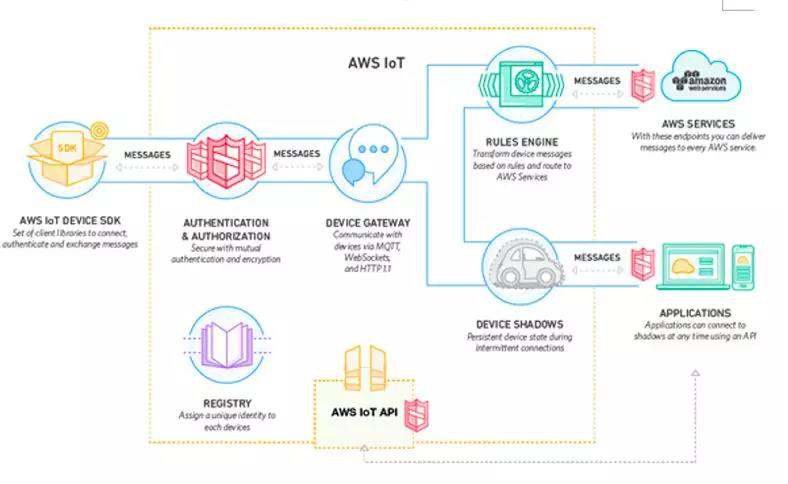|
Introduction: In recent years, the manufacturing industry has witnessed a profound transformation with the advent of smart factories. These cutting-edge facilities are equipped with advanced technologies such as the Internet of Things (IoT), artificial intelligence (AI), robotics, and big data analytics. Smart factories represent the pinnacle of technological integration in manufacturing, revolutionizing traditional production processes and unlocking new levels of efficiency, productivity, and innovation. Enhanced Connectivity: At the core of smart factories lies robust connectivity. These facilities leverage IoT devices to establish seamless communication networks between various components of the production line. Sensors embedded in machinery collect real-time data, enabling machines to interact and make autonomous decisions. This interconnectedness optimizes operational efficiency by streamlining workflow, reducing downtime, and minimizing errors. Intelligent Automation: Smart factories employ AI and robotics to automate repetitive tasks previously performed by human workers. Advanced robots equipped with machine learning algorithms can handle intricate assembly processes with precision and speed. This automation not only reduces labor costs but also enhances product quality and consistency. Human workers, in turn, can focus on more complex and creative endeavors that require critical thinking and problem-solving skills. Predictive Maintenance: One of the most significant advantages of smart factories is predictive maintenance. By monitoring equipment performance in real-time and analyzing data patterns, manufacturers can anticipate maintenance needs before a breakdown occurs. This proactive approach minimizes unplanned downtime, prevents costly repairs, and optimizes asset utilization. Machine learning algorithms play a vital role in predicting potential failures by continuously analyzing sensor data and identifying anomalies. Data-Driven Decision Making: Smart factories generate an enormous amount of data through sensors, machines, and other connected devices. Big data analytics harnesses this vast pool of information to extract valuable insights. Manufacturers can analyze data patterns, identify bottlenecks in production, optimize supply chain management, and make data-driven decisions to improve overall operational efficiency. Predictive analytics also enables manufacturers to forecast demand, optimize inventory levels, and reduce waste. Agile Manufacturing: Smart factories embrace the concept of agile manufacturing, enabling rapid adaptation to changing market demands. The flexibility offered by these facilities allows manufacturers to customize products on-demand, cater to individual customer preferences, and quickly introduce new products to the market. With real-time data analysis and intelligent automation, production processes can be swiftly reconfigured to meet dynamic requirements, eliminating traditional setup times and reducing lead times. Conclusion: Smart factories are transforming the manufacturing landscape by merging cutting-edge technologies with traditional production methods. With enhanced connectivity, intelligent automation, predictive maintenance, data-driven decision making, and agile manufacturing, these facilities pave the way for increased efficiency, productivity, and innovation. As the era of smart factories unfolds, it is imperative for manufacturers to embrace this technological revolution to stay competitive in the rapidly evolving global market.  |
